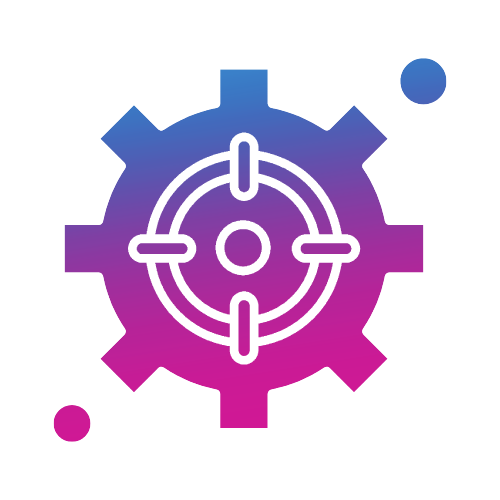Web 3.0 and Data Privacy: A New Paradigm

Introduction
In an era where data breaches and privacy concerns are rampant, the emergence of Web 3.0 promises a new dawn for internet users. This article explores how Web 3.0 technologies are revolutionizing data privacy, making the internet a safer, more user-centric space.
What is Web 3.0?
Web 3.0, often referred to as the "Semantic Web," is the next evolutionary stage of the internet. Unlike its predecessor, Web 2.0, which is centralized and controlled by a few tech giants, Web 3.0 aims for a decentralized, user-centric model. It leverages technologies like blockchain, artificial intelligence, and machine learning to create a more intelligent and responsive web experience.
The Privacy Crisis in Web 2.0
Before diving into the privacy features of Web 3.0, it's crucial to understand the shortcomings of Web 2.0. The current web model relies heavily on data collection, often without the explicit consent of users. This data is then used for targeted advertising, analytics, and sometimes even sold to third parties, raising significant privacy concerns.
How Web 3.0 Enhances Data Privacy
Decentralization
One of the cornerstone features of Web 3.0 is decentralization. By removing the need for intermediaries, users gain more control over their data. This model minimizes the risk of data breaches and unauthorized data access.
Data Ownership
In Web 3.0, users own their data. Unlike Web 2.0, where your data is stored on servers owned by companies, Web 3.0 allows you to store your data securely on a blockchain. You decide who can access it and for what purpose.
Smart Contracts
Smart contracts automate transactions without the need for a central authority. These self-executing contracts can be programmed to follow explicit rules, ensuring that data is only shared when certain conditions are met.
Enhanced Encryption
Web 3.0 technologies often use advanced encryption methods, making it extremely difficult for unauthorized users to access your data.
Real-World Applications of Web 3.0 in Data Privacy
Secure Identity Verification
Web 3.0 can provide secure, decentralized identity verification solutions, reducing the risk of identity theft.
Private Transactions
Blockchain technology enables private, peer-to-peer transactions without the need for an intermediary, ensuring that your financial data remains confidential.
Decentralized Social Networks
Imagine a social network where you own your data, and targeted ads are a thing of the past. Web 3.0 makes this possible.
Challenges and Considerations
While Web 3.0 offers promising privacy features, it's not without challenges:
- Adoption Rate: For Web 3.0 to become mainstream, it needs widespread adoption, which is currently in its infancy.
- Technical Complexity: The technologies behind Web 3.0 are complex and may require a steep learning curve for the average user.
- Regulatory Hurdles: Governments and regulatory bodies are yet to catch up with Web 3.0 technologies, which could pose challenges in the future.
Conclusion
Web 3.0 is set to revolutionize the way we interact with the internet, placing the user at the center of the web ecosystem. With features like decentralization, data ownership, and enhanced encryption, Web 3.0 promises a future where data privacy is not just an afterthought but a fundamental feature.
By understanding and embracing these new technologies, we can look forward to a safer, more private internet experience.






